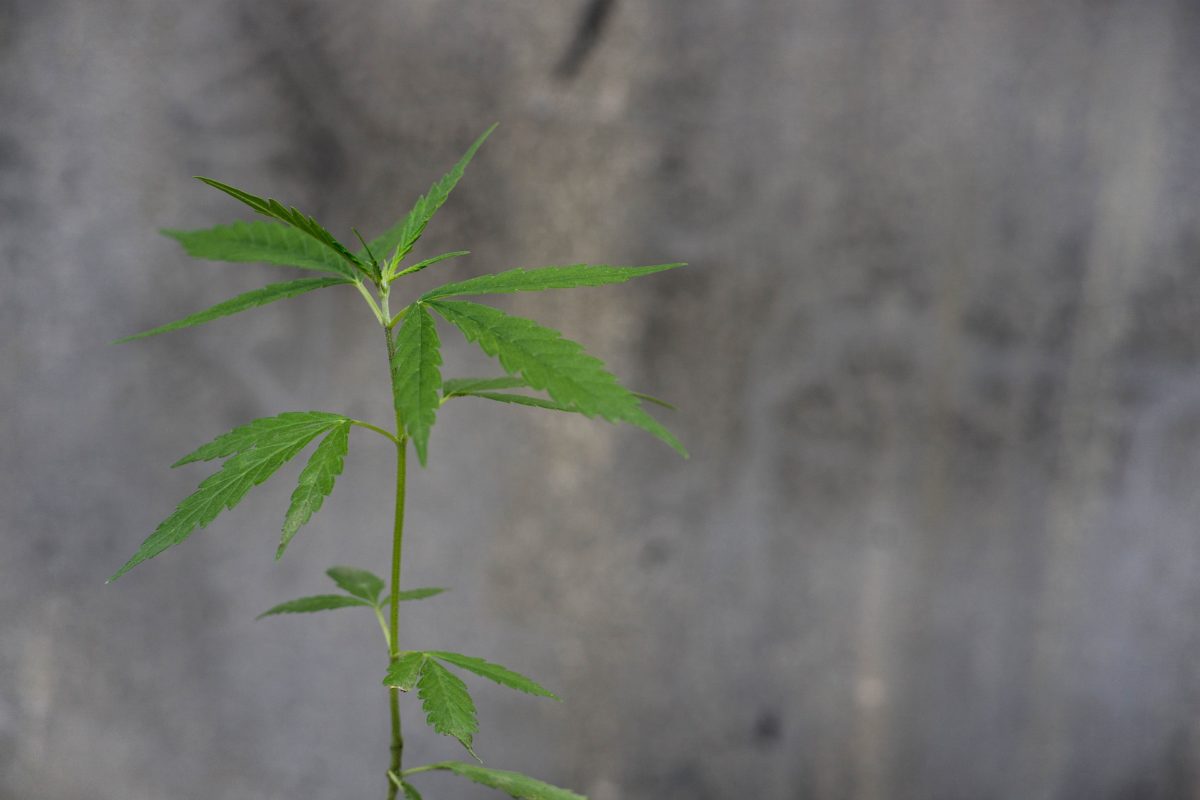An Unintended Consequence of Marijuana and Hemp Legislation

Since the passing of the 2018 Farm Bill, finally removing hemp-derived products from their schedule 1 status under the Controlled Substances Act, and with more-and-more states following the likes of Colorado, Vermont, and California by legalizing cannabis for medicinal and/or recreational consumption, hemp and cannabis farmers across the country are becoming increasingly more frustrated by cross-contamination, or “pollen drift”.
The Difference Between Cannabis and Hemp
Both variations of the Cannabis sativa plant species, hemp and cannabis are differentiated mainly by the amount of tetrahydrocannabinol or THC present. Because these terms continue to be used both interchangeably and incorrectly, the distinction seems to remain widely unclear to many who find their way to the plant.
For anyone still unsure of the differences between cannabis and hemp, it was articulately explained in an online publication as cannabis Sativa being the “family” compared to the species within that family (cannabis (aka marijuana) vs hemp). Cannabis sativa is a rousingly popular multi-purpose crop used for its fibers (hemp), oil (hemp and cannabis), and molecules (hemp and cannabis).
Both cannabis and hemp produce cannabinoids, but un-pollinated female cannabis flowers produce far more cannabinoids, notably CBD and the intoxicating compound, THC. Because of this cannabis and hemp producers take great care to avoid planting male seeds or clones. Further, most commercial cannabis production is intentionally sinsemilla or Spanish for “without seeds”.
Cannabis
For a crop to be considered marijuana, or cannabis, it must contain 15% or higher of cannabinoid THC. In addition to a myriad of medicinal benefits, cannabis provides consumers with the psychoactive effects that produce the “high” associated with traditional use. For many with chronic or terminal conditions, the legalization of this species of cannabis Sativa has been monumental.
Hemp
For a crop to be considered “hemp” it must contain .3% or less THC, preventing the psychoactive effects experienced when consuming the former. In addition to producing significant levels of cannabinoid, CBD, hemp is also grown for commercial and industrial use.
While there are hundreds of other distinguishable cannabinoids in each of these species, for now, the scientific and cultural communities at large use .3< THC as the standard measure and distinction between the two.
Cannabis and Hemp Cross-Pollination
A Google search will show what farmers have known all along (and what we must begin to pay attention to, especially now). From Washington to Oregon, Colorado to California, the issue of cross-pollination has been no stranger to cannabis and hemp cultivators. Affecting mostly outdoor cannabis crops, pollen drifts’ from neighboring hemp farms can and do cross-contaminate invaluable crops, invariably altering them and costing farmers immeasurably.
Further inquiry and you’ll learn that licensed hemp farm acreage has increased exponentially, over 400% in 2019 alone according to DC-based advocacy group, Vote Hemp. With Pollen drifts reportedly traveling from 3-30 miles from a crop, cannabis cultivators across the country have reason to worry.
How to Prevent It
We can learn a lot from our Washington, California, and Oregon predecessors. Washington, who once had required a four-mile buffer between outdoor cannabis and hemp farms, removed the protection in April 2019, further frustrating farmers trying to survive in the age of legalization.
Oregon, seemingly way behind their own progressive standards, could benefit from even tighter restrictions, but have been slow-moving in legislative action, forcing many cultivators indoors.
California, the nation’s largest agricultural state, has taken the conservative approach and kept its eye on its historical prize: cannabis. With significantly fewer cities and municipalities licensing hemp farms, golden state cannabis cultivators still have the lurking issue of cross-contamination to worry about while would-be hemp farmers struggle to locate licensing or land.
For many, the seemingly obvious solution is to move their grow operation indoors. Doing so can help reduce the potential for cross-contamination due to the latest sophisticated air-filtration systems and quality control on the sex of seedlings and clones. While there’s still a chance for hemp seedlings to infiltrate modern filtration systems, moving operations away from its main energy source, the sun, seems to be a sad solution for one of Mother Nature’s most precious herbal remedies.
Looking Ahead
Attempting to confront the issue of cannabis and hemp cross-contamination, the U.S. Department of Agriculture set aside $500,000 last month to a Virginia Tech research team to assist them in gathering better data on pollen drift patterns.
With 10 U.S. states, including Washington D.C. with legal cannabis now, protecting the genetic stock of both variations of cannabis Sativa is paramount. Industrial hemp and cannabis growers must work together to ensure a bright future for all sectors of their respective and budding industries. Talk to each other. Yes, even across the cannabis and hemp divide. Do due diligence in sourcing your seeds. If nothing else, let’s make sure that we keep em’ separated. For the sake of both species in the cannabis Sativa family.
Want to stay in the know about this topic and others related to the cannabis industry? Register now to attend a CannaCon event in your area.
